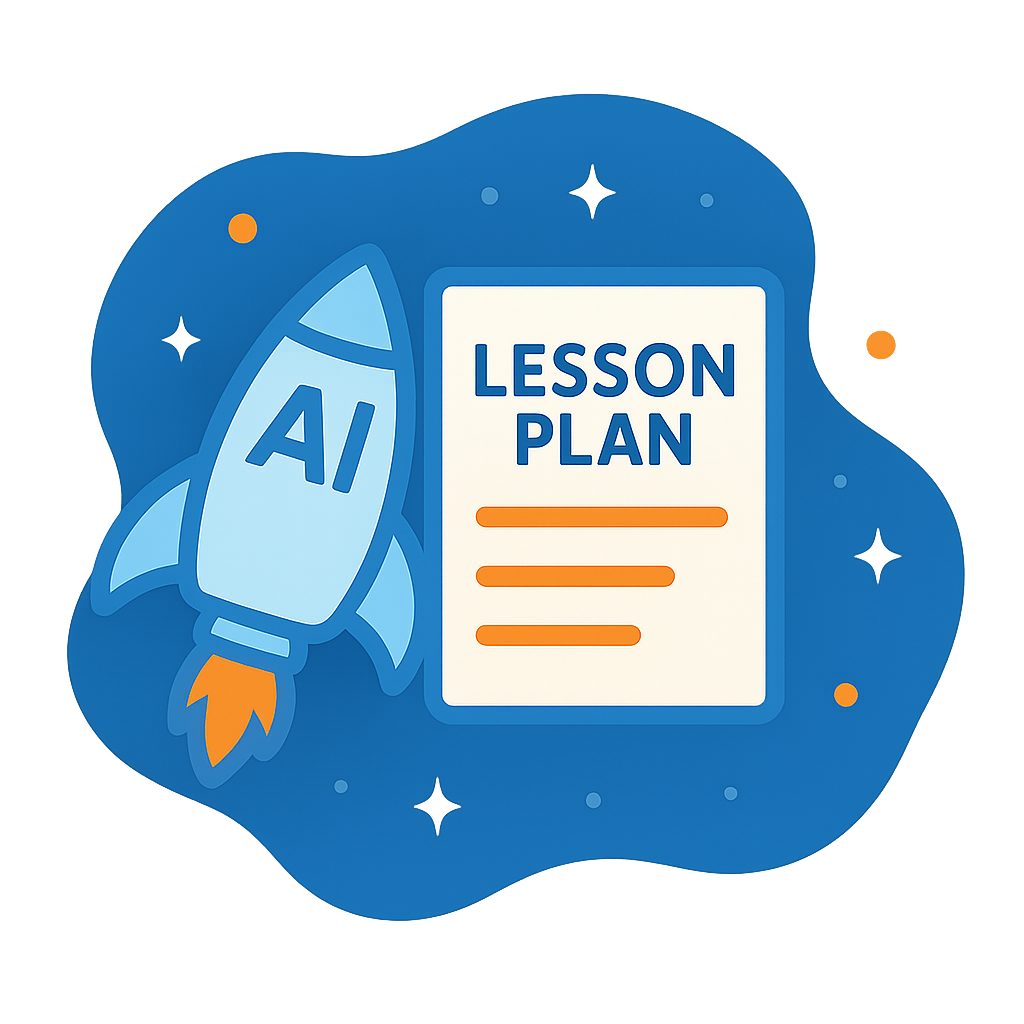Hi, what do you want to do?
National Geographic
Steps in a Process Diagram
Start at step one with this straightforward graphic organizer! Learners write down five steps in a process to complete the worksheet. Arrows point from one box to the next to show the relationship between steps.
EngageNY
Grade 12 ELA Module 1: Unit 1, Lesson 17
Integration versus separation. Readers of chapter 14 of The Autobiography of Malcolm X examine Malcolm X's views on other Civil Rights leaders and their integration ideas. Class members also return to the narrative essay strand of the...
Fluence Learning
Writing About Literature: Exploring Themes About Conformity
Feeling the pressure to confirm is something any adolescent can relate to. Explore an essential theme with a response to literature assessment that prompts learners to identify main ideas with evidence and supporting details.
EngageNY
Grade 10 ELA Module 3: Unit 3, Lesson 5
Can you please clarify? Scholars continue to work on their argumentative essays about selling human tissue by clarifying and adding cohesion. Writers begin by looking at model paragraphs and then begin improving their writing. They...
EngageNY
Grade 11 ELA Module 1: Unit 2, Lesson 24
How do central ideas build on each other in Shakespeare's Hamlet? Scholars begin the first part of an end-of-unit assessment. They complete a Central Idea Evidence Collection Tool worksheet to prepare for a writing activity to discuss...
EngageNY
Grade 11 ELA Module 1: Unit 3, Lesson 5
There's a fine line between madness and genius. Using the resource, scholars complete a mid-unit assessment based on their study of Virginia Woolf's A Room of One's Own. They write a multi-paragraph response, analyzing how two central...
PBS
The Power of Personal Narrative
Personal narratives are powerful things. Whether told from the first-person or third-person point of view, whether in the form of an essay, a short story, novel, or video, whether fiction or fact, they capture readers and give them...
EngageNY
Grade 9 ELA Module 4, Unit 1, Lesson 23
In "How We Researched and Wrote this Book," the final essay in Sugar Changed the World: A Story of Magic, Spice, Slavery, Freedom, and Science, authors Aronson and Budhos discuss their research methods and purpose in writing the text....
University of North Carolina
Comparing and Contrasting
Not all compare and contrast assignments have writers compare and contrast in the same way. Some only ask for comparisons, others only ask for contrasts, and many require more focus than a simple list of similarities and differences....
EngageNY
Grade 10 ELA Module 2: Unit 1, Lesson 19
Great minds think alike. Scholars read two texts and compare how the authors develop the same central idea. Readers analyze "Women" by Alice Walker and "Letter from Birmingham Jail" by Martin Luther King Jr. They discuss word use and new...
EngageNY
Grade 10 ELA Module 3: Unit 3, Lesson 6
And that's a wrap! Scholars create their concluding statement drafts by examining model text with exemplar conclusions. In pairs, they discuss how transitional words and phrases add to sentence structure and consider how their concluding...
EngageNY
End of Unit Assessment, Part 2: Drafting Introduction and Conclusion of a Narrative
First and last impressions matter. Scholars compose the introductory and concluding sections of their narrative writing assignments. Also, to prepare for an upcoming performance task, pupils watch a modern-day monologue from the movie...
EngageNY
Grade 12 ELA Module 1, Unit 2, Lesson 1
As part of a study of narrative writing, class members analyze how Leslie Marmon Silko structures the beginning and orients and engages readers in her narrative, "Yellow Woman and a Beauty of the Spirit."
Curated OER
How Do I Write an Essay?: Understanding Parts of an Essay
Students explore how to write an essay. They discuss the parts of the essay and how the essay is organized. Students discuss various examples of essays. Students play the Essay Matching game and they organize and compose their own 5...
Curated OER
How to Write an Essay Paper
Young scholars discover how to compose essays. In this writing skills instructional activity, students follow the provided steps to gather information, write outlines, and write rough drafts of essays.
Curated OER
Five-Paragraph Essay
Seventh graders examine the five-paragraph essay format, including the main idea and supporting sentences. After outlining their essay ideas, they write their rough drafts and proofread them in preparation for writing their final papers.
Curated OER
Essay of Viewpoints
Student examine friendships. In this writing lesson, students write about viewpoints of friendship. Students view pictures of friendship and write about the viewpoint of each picture.
Curated OER
Understanding Types of Writing
Students analyze the types of writing and answer questions about the writing genres. In this writing types lesson, students define and discuss the types of writing including expository, descriptive, persuasive, technical, and narrative...
Curated OER
Third Set of Essay Questions on The Hobbit
Students read The Hobbit by J.R.R. Tolkien and complete essay questions for the lesson. In this novel analysis lesson, students read The Hobbit and take notes using the worksheet. Students write an essay for each question as part of a...
Curated OER
Alien School - Creative Writing Prompt
In this creative writing worksheet, students write an essay about all of the teachers in a school turning into aliens. They pretend to look into the teacher's room to see aliens instead of teachers.
Curated OER
Creative Writing Prompt - If I Was a Squirrel…
In this creative writing worksheet, students write an essay based on the prompt, "If I was a squirrel, I think my favorite season would be Fall, because." They write the story on the lines under the prompt.
Curated OER
Future School Writing Prompt
In this writing prompt worksheet, students write an essay about what school will be like in 50 years. They indicate what the students will learn about and how they will learn it.
Curated OER
The Planet Criminola - Writing Prompt
In this writing prompt worksheet, students write an essay from the point of view of the president of the imaginary planet of Criminola. They explain how they would deal with vandalism, gang activity and public employees accepting bribes.
Curated OER
Writing a How-To Paper
Learners write a 'how-to' paper. In this writing lesson students choose from a list of topics and write a paper explaining how to do something. The learners also discuss the definition of a 'how-to' paper.
Other popular searches
- Narrative Essay Writing
- Comparative Essay Writing
- Expository Essays Writing
- Revising Essays
- Creative Writing Essays
- Writing Essays Brainstorm
- Teenagers Writing Essays
- Writing Essays 6th Grade
- Writing Essays About Novels
- Persuasive Writing Essays
- Writing Essays About Music
- Free Narrative Essay Writing




























